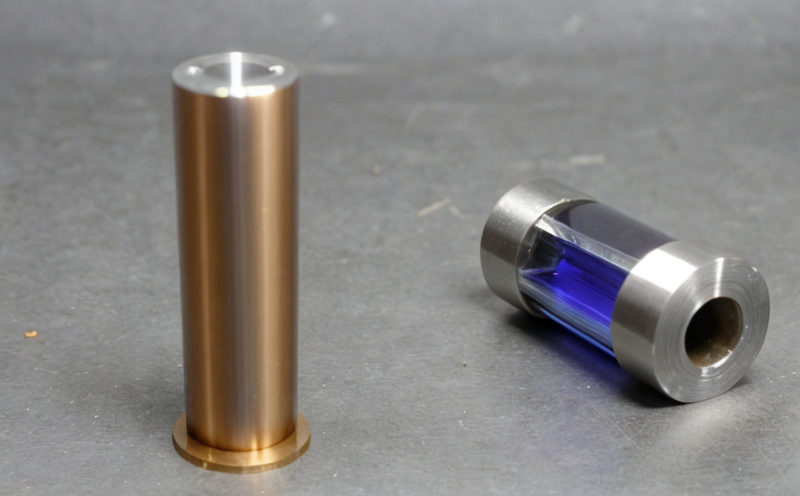JIS L1096 Dimensional stability of woven and knitted fabrics
The JIS L1096 test standard is a critical procedure used to assess the dimensional stability of woven and knitted textiles. This test evaluates how much fabric shrinks or stretches under specified conditions, which is essential for ensuring that products meet quality and performance expectations in various industries such as clothing, upholstery, and industrial fabrics.
The primary objective of this test is to determine the change in dimensions (lengthwise and widthwise) of a fabric sample after exposure to controlled temperature and humidity conditions. This helps manufacturers understand how their materials will perform over time under real-world use scenarios. By conducting JIS L1096 tests, companies can ensure that their products remain within acceptable tolerances for fit, function, and appearance.
The testing procedure involves several key steps. First, the fabric sample must be prepared according to specified dimensions and weight requirements. Then, it is exposed to a controlled environment where temperature and humidity are maintained at specific levels for an extended period of time. After exposure, the samples are removed from the chamber and allowed to cool down before being measured again.
Accurate measurement tools such as micrometers or digital calipers play a crucial role in this process. These instruments help ensure that every dimension is recorded precisely so that any changes can be accurately quantified. The difference between initial and final measurements provides insights into the dimensional stability of the fabric.
The JIS L1096 standard specifies acceptance criteria based on these measured values. Typically, acceptable shrinkage or stretching rates fall within certain predefined limits depending on the type of fabric being tested. Non-conforming results may indicate issues with raw materials, manufacturing processes, or post-production treatments like washing or drying.
Understanding dimensional stability is particularly important for industries where precise fit and functionality are paramount. For example, in clothing production, improper shrinkage could lead to garments that don't fit properly after washing. In upholstery manufacturing, significant stretching might result in sagging seats over time. Therefore, implementing JIS L1096 tests early in the development process allows manufacturers to identify potential problems before they become costly issues further down the line.
Additionally, compliance with this standard ensures that products meet industry standards and regulations globally. Many international markets require textiles to pass specific dimensional stability tests as part of their certification processes. Meeting these requirements not only enhances brand reputation but also facilitates smoother trade operations across borders.
In conclusion, JIS L1096 testing is an indispensable tool for quality assurance teams in the textile industry. It provides valuable information about how fabrics behave under real-world conditions, helping manufacturers make informed decisions that contribute to product longevity and customer satisfaction.
Why It Matters
The importance of dimensional stability cannot be overstated when it comes to fabric performance in various applications. Properly understanding how much a fabric will change dimensionally allows for better design, manufacturing, and end-user experience considerations. Here are some reasons why ensuring dimensional stability is crucial:
Ensures Comfort and Fit: In clothing manufacturing, improper shrinkage can lead to garments that don't fit well after washing or wearing. This mismatch between expected size and actual size results in customer dissatisfaction and increased returns.
Enhances Durability: Dimensional stability contributes significantly to the overall durability of a product by preventing premature wear due to excessive stretching or shrinking.
Achieves Consistent Quality: By standardizing dimensional behavior, manufacturers can achieve consistent quality across different batches and production runs. This consistency is vital for maintaining brand integrity and customer trust.
Promotes Environmental Responsibility: Understanding how fabrics behave helps in designing more sustainable products that last longer without frequent replacements, reducing waste and resource consumption.
Facilitates Regulatory Compliance: Many countries have regulations requiring certain levels of dimensional stability for specific types of textiles. Ensuring compliance with these standards is essential to avoid legal penalties and maintain market access.
Supports Innovation: Knowledge gained from dimensional stability testing can inspire new designs and manufacturing techniques that push the boundaries of what's possible in textile engineering.
Benefits
The benefits of conducting JIS L1096 dimensional stability tests extend beyond mere compliance; they offer significant advantages to businesses operating within the textile sector. These include:
Improved Product Quality: By identifying and addressing issues related to dimensional stability early in the development process, companies can significantly enhance product quality.
Cost Savings: Early detection of potential problems through testing reduces costly rework and waste associated with producing non-conforming goods.
Better Customer Satisfaction: Products that meet expected dimensions are more likely to satisfy customers' expectations, leading to higher satisfaction rates and repeat business.
Enhanced Reputation: Consistently meeting quality standards boosts a company's reputation, making it easier to attract new clients and partnerships.
Increased Efficiency: Streamlined production processes resulting from improved understanding of material behavior lead to increased efficiency throughout the supply chain.
Versatility Across Applications: Understanding how fabrics behave under different conditions allows manufacturers to create versatile products suitable for diverse applications across various industries.
Why Choose This Test
Selecting JIS L1096 dimensional stability testing as part of your quality assurance program offers numerous compelling reasons:
Accurate Measurement: Using precise instruments and following standardized procedures ensures accurate measurement of fabric dimensions.
Industry Recognition: Adherence to this internationally recognized standard lends credibility to your testing results, enhancing the trustworthiness of your products.
Comprehensive Coverage: JIS L1096 covers both woven and knitted fabrics, providing a comprehensive assessment for most textile types.
Cost-Effective Solutions: Investing in reliable testing equipment upfront can save money on expensive remediation efforts later on.
Expert Support: Partnering with experienced laboratories ensures that you receive expert guidance throughout the testing process, from sample preparation to result interpretation.
Timely Results: Efficient laboratory procedures mean faster turnaround times for test results, allowing quicker decision-making and product launch schedules.
Comprehensive Reporting: Detailed reports provide comprehensive insights into fabric performance, supporting informed decision-making in design and manufacturing processes.





